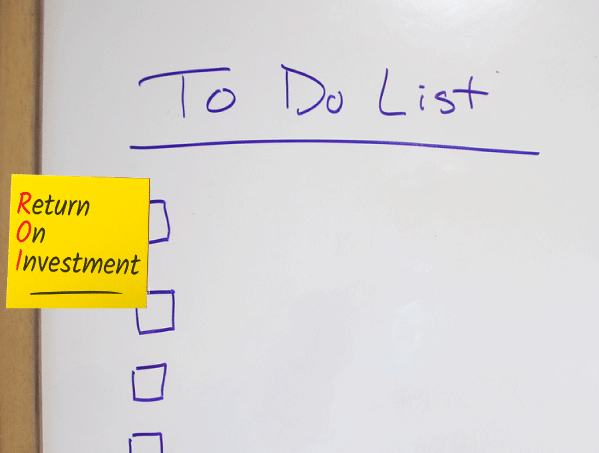If you are anything like me, you likely have a long (and ever-growing) to-do list. It consists of those pesky little things you put off for a rainy day, big meaty bucket list items that you can’t wait to dive into (but never seem to have the time for), maybe some pesky housekeeping items that you dread but know you will need to address eventually … and everything in between.
I’m constantly having conversations that start with “I’m working as fast as I can but my list never gets any shorter.” And my first response when someone tells me this is perhaps not the most helpful, because I always say, “You’re right.” But stick with me because there is more. In a perfect world, your list will never get any shorter, because as the world keeps changing, new opportunities are always presenting themselves and new areas of interest or need arise. Continuously adding items to your list (in my opinion) is healthy and helps to keep important thoughts and actions top of mind. So stop looking at the list as something you must complete

Have I lost you yet? I hope not because here is where I get to the good stuff. Your time and your skills are valuable. You play an important role in making things happen. When you open your to do list, it should spark joy (thank you, Marie Kondo) or excitement or even relief. But it should never result in anxiety, fear or dread — as it so often does. So how do we fix the dreaded to-do list?
Take time to prioritize the items on your list so you can move through the items in a meaningful way. In other words, decide which activities to focus on based on the investment required and their value to you right here and now.
How do you do that? Ask yourself:
- What is the value (or return on investment) in completing the task now?
- Do I have the capacity to invest in this right now?
For personal to-do items, that’s easy. When it comes to your work, the logic still applies, but you might need to engage your colleagues to figure it out.
For instance, you may have the capacity to invest in a particular activity, but there is no immediate return on the outcome. So, either strike it off the list or put it on hold. If it has significant ROI, but you don’t have the dollars, resources or infrastructure to make it happen, again strike it off the list or put it on hold. (Wait what? Is she crazy?)

Lack of capacity is going to impact that amazing ROI you thought you had. You will likely have to scale back, take short-cuts or eliminate entire pieces of what was supposed to be the final product. To get the project back on track, it will need to end up on someone else’s to-do list, or worse, back on yours again!
So let’s band together and say, “I am okay if I never get to the end of my to-do list, and before I act on any of the items, I am going to make sure I am investing my time and energies to the best effect.”
So I am making a stand right here — in this blog post — and I hope you will join me in saying it’s time to change the to-do list conversation from “the never-ending list of stuff I have to crank out” to “stuff I am excited to tackle because …”
Life — and our to-do list — doesn’t have to be as hard as we make it. It’s all about making educated decisions.
About the Author

Sue Dalos
Principal Consultant

